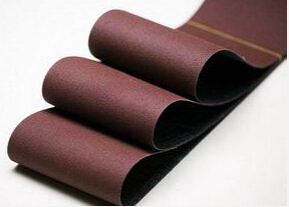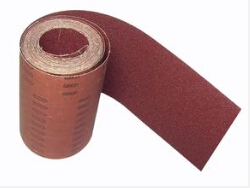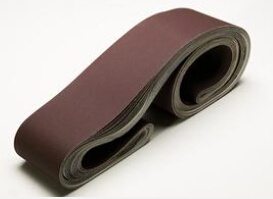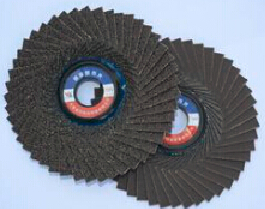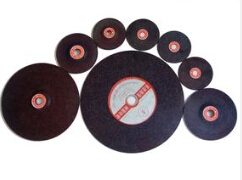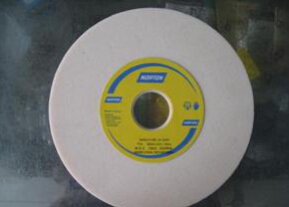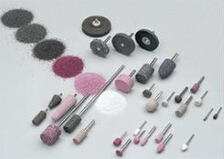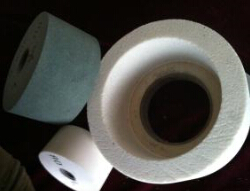How Chemical and Physical Characters of Abrasive Media Effect Performance of Vitrifefd Abrasive Tools
Zhongsen Editor 2020-07-15Chemical and Physical characters of abrasive media effect the performance of Vitrified/Ceramic Abrasive Tools. This post is a brief introduction on this topic.
1. Microhardness
It is a key characteristic of whether grinding can be performed. The hardness of the abrasive media must be higher than the hardness of the material being processed.
2. Brittleness
Different grinding requires different brittleness of the abrasive media. Generally speaking, abrasive materials with low brittleness are suitable for grinding with a large amount of grinding, such as rough grinding, cutting, and grinding.
3. Strength
The materials with higher strength should be ground with abrasive materials with higher strength.
4. Thermal stability
At high temperatures in the grinding zone, certain physical and mechanical properties should be maintained before the grinding process can continue.
Relationship with the manufacturing process of ceramic/vitrified abrasive tools: its crystal structure and other characteristics should not be affected by the firing temperature.
5. Chemical stability
The abrasive and the material to be processed should not be prone to chemical reactions to avoid mutual diffusion, adhesion, and chemical bluntness of abrasive particles and blockage of the abrasive tool.
Relationship with the manufacturing process of ceramic abrasive tools: Under the action of the firing atmosphere and the low-melting substance of the binder, the abrasive media should not decompose, oxidize or other chemical changes that can change its properties.
6. Chemical composition and mineral composition
The changes will affect the basic performance of the abrasives, which will affect the grinding performance of the abrasive tools.
Relationship with the manufacturing process of ceramic abrasive tools: such as changes in the chemical composition and mineral composition of the abrasive, and the increase in impurities will have a series of effects on the manufacturing process of ceramic abrasive tools and a series of effects on the manufacturing process of ceramic abrasive tools , Will increase the possibility of foaming, black centers, cracks, deformation, etc.
7. Capillary phenomenon (normal temperature and high temperature wettability of abrasive)
Relationship with the manufacturing process of ceramic abrasive tools: when mixing, such as the wettability of the abrasive at normal temperature is not good, it will affect the uniform distribution of the auxiliary material and the adhesion between the abrasive and the auxiliary material, and the high temperature of the abrasive during firing Poor wettability will affect the flow and distribution of the bonding agent, thus affecting the bond strength of the abrasive particles and the bonding agent.
8. Surface topographic features and micro defects
It has a certain effect on the brittleness and strength of the abrasive, especially micro-cracks, micro-holes, etc.
Relationship with the manufacturing process of ceramic abrasive tools: abrasive particles with a rough surface can be better bonded to the bonding agent than smooth surfaces, so different bonding agents should be selected according to the surface topography of the abrasive particles.
9. Bulk density
It will affect the bulk density of the molding material, especially when the molding density is controlled by pressure, it will affect the density of the abrasive tool blank, which will affect the hardness and structure of the abrasive tool.
10. Particle Distribution
If the particle distribution of the abrasive material changes too much, it will affect the grinding efficiency and surface roughness of the abrasive tools.
The relationship with the manufacturing process of ceramic abrasives: the grain size composition of the abrasive is unstable, which will affect the hardness stability of the abrasives, which is more significant for fine-grained abrasives.
11. Magnetic Content
After sintering at high temperature, the magnetically sensitive material will form hard spots in the abrasive tool, which will deteriorate the surface quality of the workpiece to be polished, increasing the possibility of burns, scratches and rough surfaces.
The relationship with the manufacturing process of ceramic abrasive tools: the color of the formed hard spots is different from other parts of the abrasive tool, which affects the appearance of the abrasive tool.

